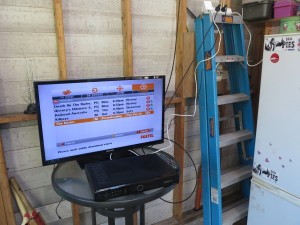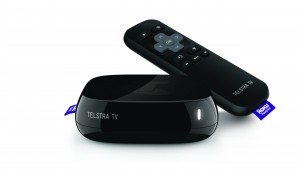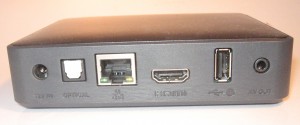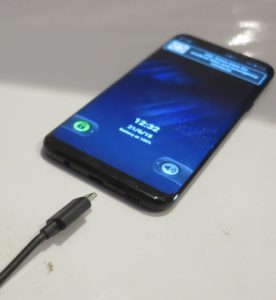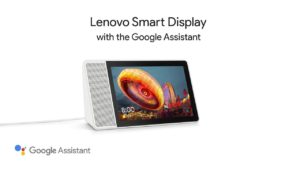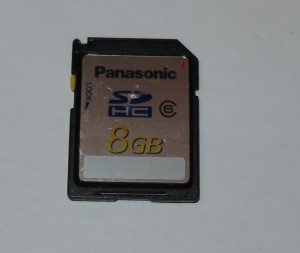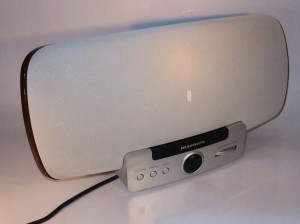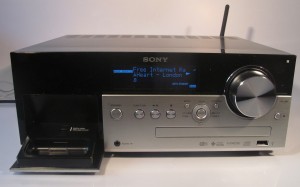Keeping online video going with an older TV
There is a very strong reality as far as the modern television set is concerned. It is that they last for more than 10 years thanks to electronic design that is about long-term reliability. This is bolstered by technical standards relating to broadcast TV or device interconnectivity that stay the same for the long haul.
Increasingly, as we buy a better or larger TV for the main lounge area where we watch most of our content, the older set that this new set will replace ends up in a secondary lounge area, a bedroom or even a secondary residence. In some cases, the older set will end up in the hands of a family member or friend who doesn’t have a TV or has one that is on the way out.
It is the same practice that happens with the refrigerator where an older fridge serves as an overflow-storage fridge whenever one buys a newer better fridge for their kitchen.
Online video via your home network
But it is underscored by a problem that will get worse with the rise of online video. Increasingly, manufacturers who don’t understand this reality are abandoning their older sets as they evolve their smart-TV platforms. This leads to smart TVs based on the older software not being supported by content providers when they launch front-end software for their new online video services. Or the set works with a limited, buggy operating system and applications which can impact your enjoyment of online video.
Let’s not forget that there are the TVs that don’t have any smart-TV functionality. Typically they will have, at best, network connectivity to work with a DLNA-based media player so you can see images or video you have on a NAS on these sets.
Here, you may have to rely on set-top devices to keep your older TV working in an optimum manner with the latest online video services. In this situation, it is easier to replace the set-top device if its manufacturer abandons the device’s software or the content providers abandon the set-top device’s platform.
At the moment, there are a few set-top platforms that are worth using for this purpose. The tvOS-based Apple TV; Android-based boxes running the Android TV operating system; Chromecast and Roku platforms still maintain support for older devices. The XBox One and PlayStation 4 games consoles also benefit from continual software upgrades as well as having apps for popular online-video services. Let’s not forget that you may find that some of the “décodeurs” offered as part of the multiple-play “n-box” setups by the French telcos like the Freebox Révolution may qualify in this regard.
You will also find that Apple TV and Chromecast are still alive with the AirPlay and Chromecast mobile-to-set-top streaming protocols. This will mean that most content services can be streamed from your iOS or Android mobile device to the set-top device. You may also find that Android TV will also support Chromecast streaming.
Other considerations
Your TV will have to, at least, support HDMI connectivity in order to work with these set-top devices. This is because most of these devices will have HDMI as their only AV connectivity option.
But you may find that the TV in question may provide only one HDMI input. This is more so with cheaper sets like house-brand specials offered by discount stores. In this case, you may end up having to use an HDMI switcher if you need to run multiple set-top boxes or other devices with these sets. Some audio devices like home-theatre-in-box units or AV receivers may answer this functionality need through the provision of extra HDMI inputs.
If your TV supports HDMI-CEC under its many names like Anynet+, Simplink, Bravia Sync or Viera Link, some of the set-top boxes like the tvOS-based Apple TV or the Chromecast will take advantage of this functionality. This will be in the form of the TV coming on and selecting the input the set-top device is connected to when you use its remote or, in the case of the Chromecast or Apple TV, you start streaming to that device from your smartphone. You may also find that you can control the set-top device with your TV’s remote so you don’t always have to rely on the set-top device’s remote.
HDMI-ARC is also relevant in relation to your older TV especially if you intend to use a soundbar, home-theatre-in-box system or AV receiver with it to improve its sound. This allows you to hear the sound from the set’s own broadcast tuner, network functionality or video devices connected directed to the set’s HDMI inputs via that audio device. If the older TV doesn’t have this connection but you want to use an external audio device, you may have to connect that device to the set’s digital audio output.
As far as traditional broadcast TV is concerned, you may find that your old TV will support the current digital-TV standard that is in place in your country. This is true if the digital-TV standard hadn’t changed since your country switched over to digital TV. But if your country is yet to switch to digital TV, you can plug in a set-top box when that day comes. Similarly, if your country has started to implement a newer digital-TV standard like DVB-T2 or ATSC 3.0, you would need to use a set-top box to gain access to broadcasts based on these standards. This extends to implementing interactive-TV platforms like HBBTV or the interactive provisions that ATSC 3.0 offers.
What manufacturers need to do
TV manufacturers need to understand the reality that the sets they make will be serving us for a very long time even if they try to force planned obsolescence on their products.
Here, if they offer a smart-TV product, they have to provide continual software support for at least 5 years, if not more. This may also have to be about at least providing software updates that answer data-security, software-quality and newer industry-standards needs.
As well, the manufacturers would need to maintain their products to commonly-accepted standards for broadcast reception and device / network interconnection. This is more so as a TV set ends up relying on external devices in order to stay up-to-date.
Conclusion
In order to keep your older TV set that you have pushed down to that secondary lounge area or bedroom, or have inherited from someone else going, you will need to consider the use of extra devices. This is more so if you want to keep it using the online services reliably.

